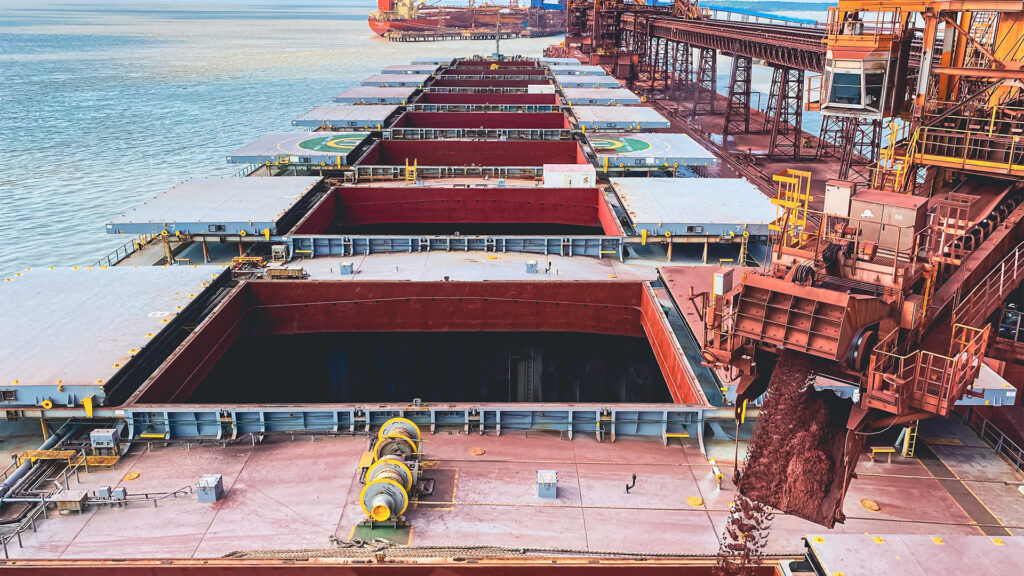Fortescue Metals Group (ASX:FMG) revealed a small 1.4% fall in second-quarter iron ore shipments due to ongoing maintenance activities at some of its key projects in Western Australia’s Pilbara.
The world’s fourth-largest iron ore miner reported shipping 48.7 million tonnes of the steel-making commodity for the December quarter, compared with 49.4 million tonnes shipped a year earlier. This figure was up from 45.9 million tonnes in the three months to September.
For the six months, the company shipped 94.6 million tonnes, the second-highest amount for a half-year period, but down 2% from a year earlier.
Despite the decrease in shipments, Fortescue is anticipating higher revenues and earnings for the half-year than in the same period of 2022, thanks to a significant improvement in the price of its iron ore shipments during the closing months of 2023. This positive outlook raises the prospect of a higher dividend than the 75 Australian cents a share paid for the first half of 2022-23.
Fortescue maintains its guidance for total shipments in 2023-24 at 192 – 197 million tonnes, inclusive of Iron Bridge shipments of 2 – 4 million tonnes (100% basis, previously 7 million tonnes).
The company reported a Pilbara Hematite C1 cost of $US$17.62 per wet metric tonne (wmt), which was 2% lower than the figure for the September quarter but up by 45 cents a tonne from the end of 2022.
In terms of revenue, Fortescue achieved an average Pilbara Hematite revenue of $US$116 per dry metric tonne (dmt) for the quarter, realizing 91% of the average Platts 62% Fe CFR Index (considering cartage and freight, as Fortescue is the shipper and not FOB). This marked an improvement from the September quarter figures of $US100 per tonne and 87% realization, as well as an increase compared to the $US87 per tonne figure in December 2022 half-year and an 86% realization of the Platts price.
Despite the 2% decrease in shipments for the year, the average price increased by 33%, indicating that the company is poised for higher revenues and earnings compared to the December 2022 half-year figures of $US7.8 billion and $US2.36 billion. However, the company may face additional costs related to repairing a rail problem late in the half and ongoing issues at the Iron Bridge magnetite mine.
Fortescue has been heavily investing in renewables, although it has made some adjustments and redirected spending. The company reported a cash balance of $US4.7 billion and net debt of $US600 million as of December 31, resulting in $US5.3 billion in gross debt.
CEO Dino Otranto emphasized the company’s commitment to strong operational performance and progress toward ambitious decarbonization and green energy targets. He highlighted the achievement of the second-highest first-half year shipments and the expansion into the higher-grade segment of the market through Iron Bridge. Fortescue also marked milestones in its energy business with final investment decisions for green hydrogen projects in Australia and the USA, reflecting a disciplined approach to capital allocation and a clear intention to learn before committing to large-scale investments.

